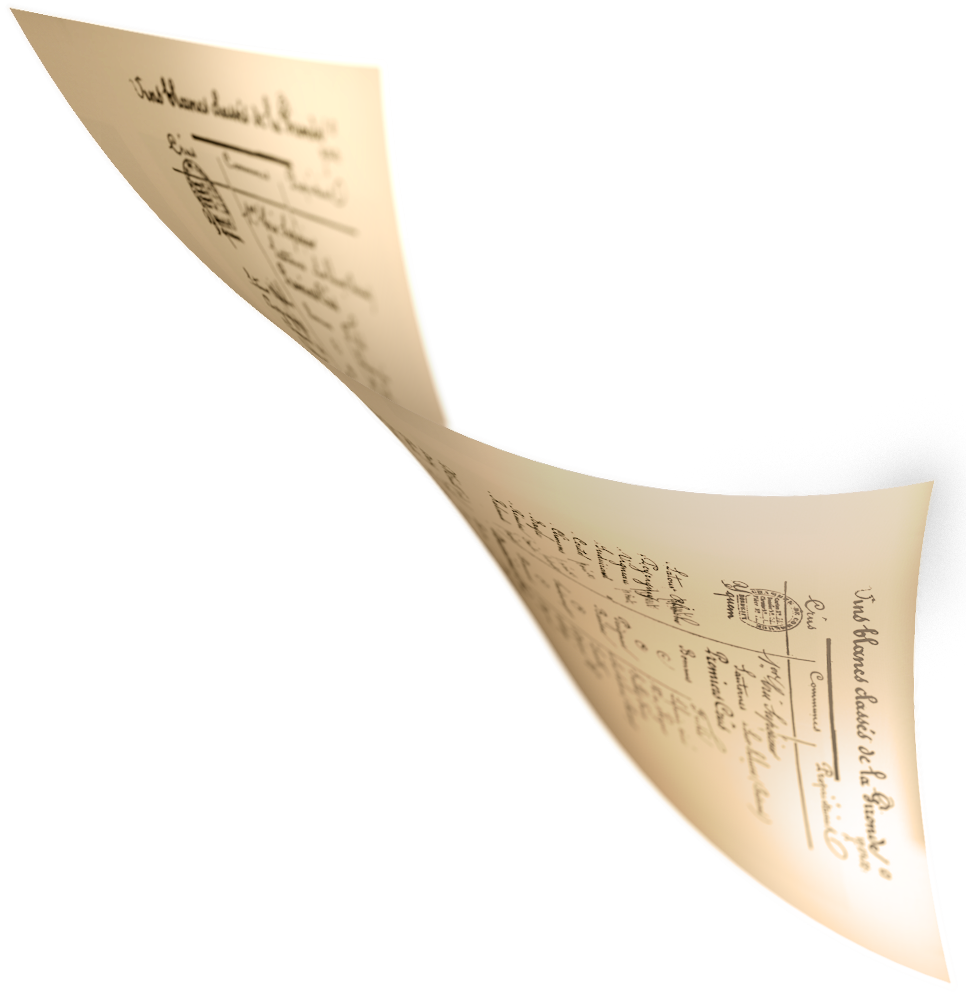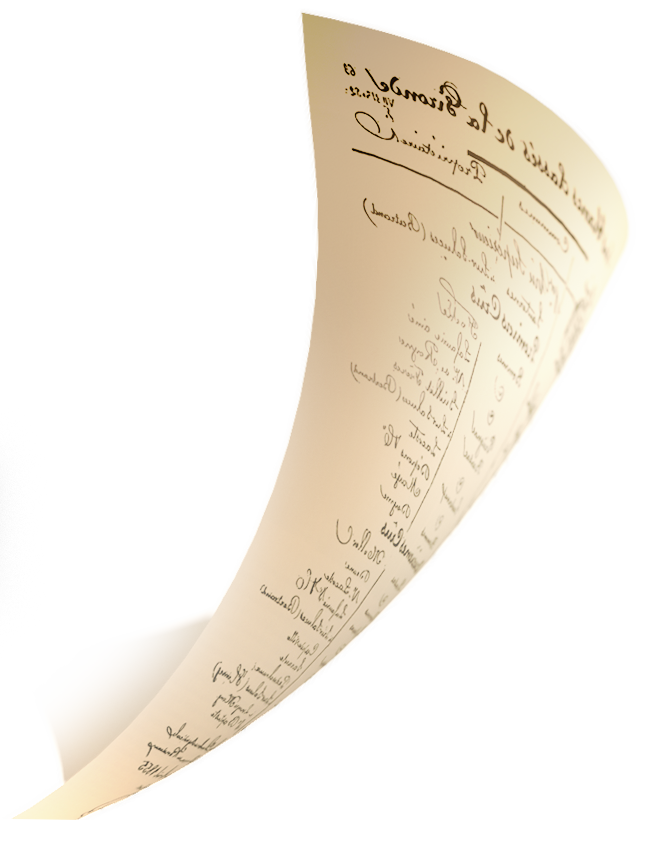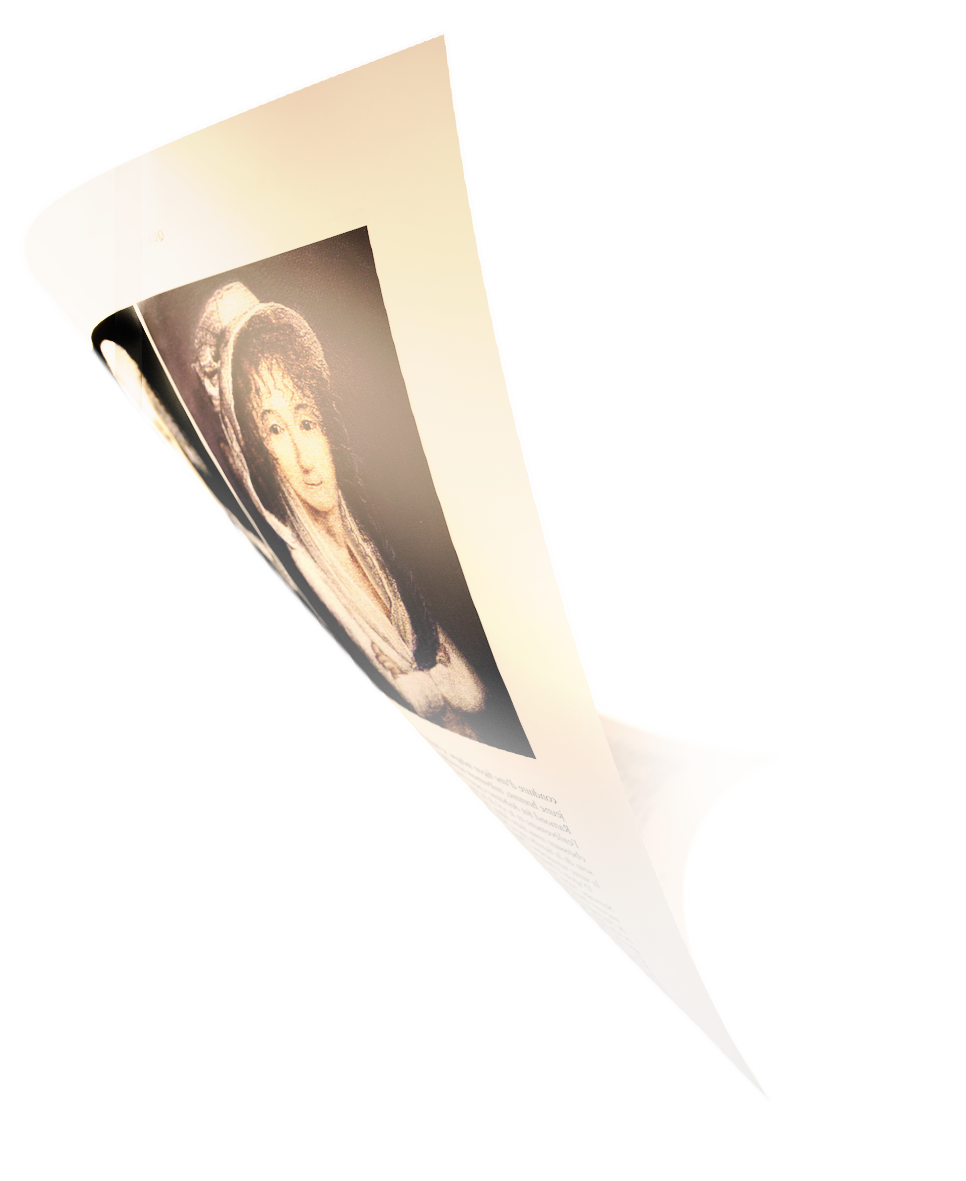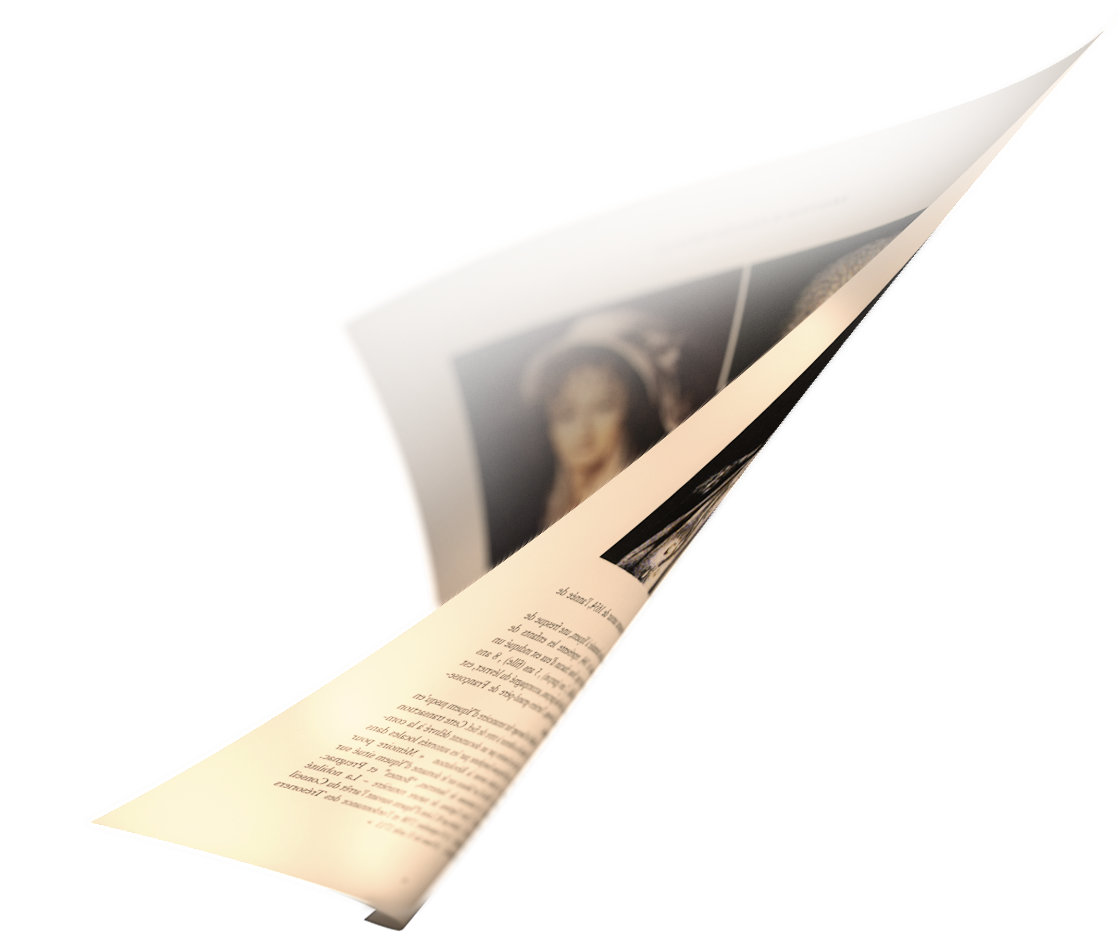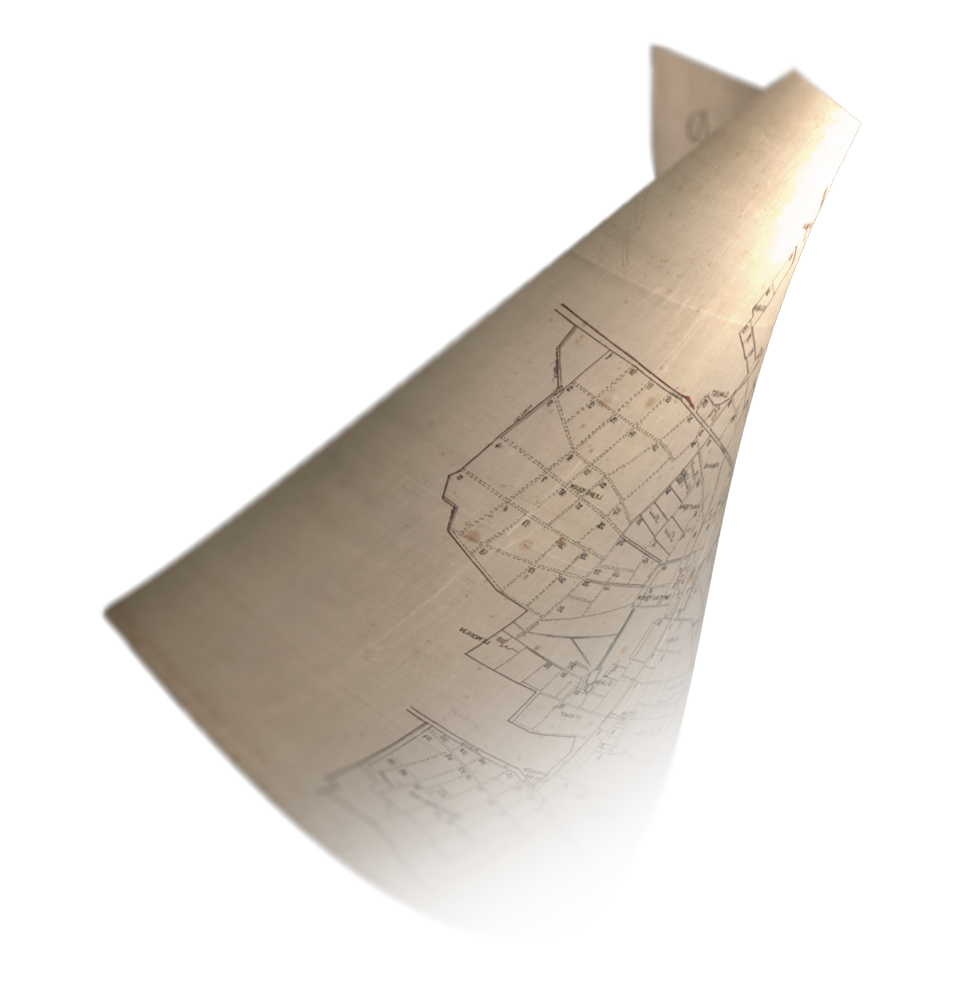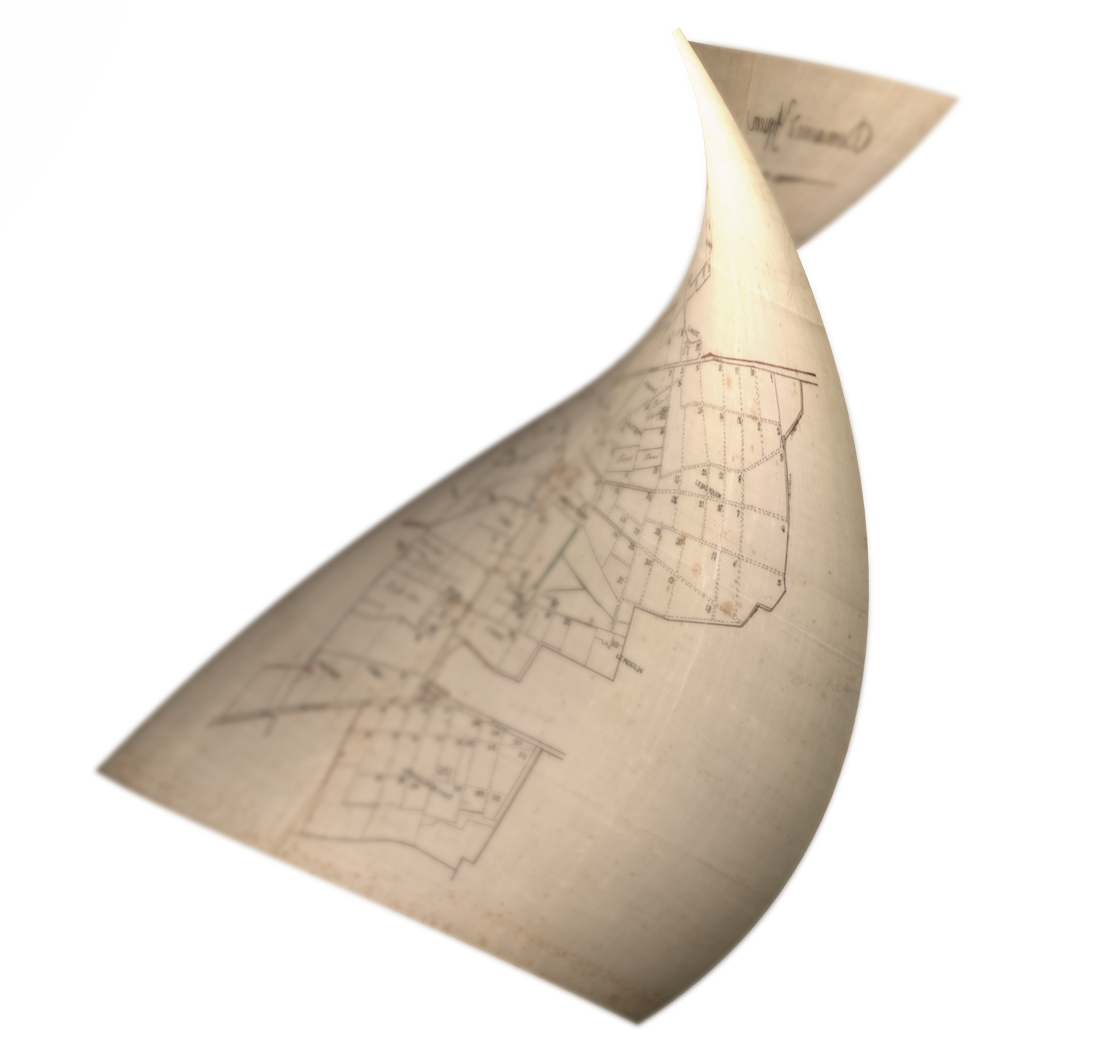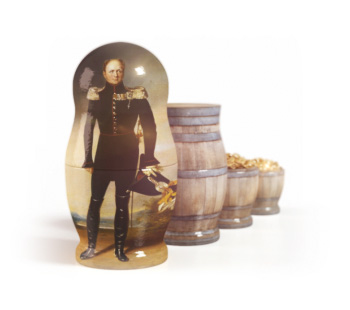The history of Yquem
400 years of passion
The history of Château d’Yquem is like a novel, an epic saga full of events and colourful personalities spanning more than four centuries.
Find out moreChâteau d’Yquem was almost English. During the Middle Ages, in fact, the estate belonged to the King of England, who was also Duke of Aquitaine at the time. In 1453, southwest France was once again brought under the dominion of the French crown by Charles VII and has stayed French ever since. A century and a half later, in 1593, a descendent of a local noble family, Jacques Sauvage, was given feudal tenure over Yquem. The Gironde department archives, as well as those of the château, show that special winegrowing practices and late harvesting already existed at this time. A few years later, the Sauvage family built the château and patiently set about constituting the present-day vineyard, plot by plot. The family became full owners of Yquem in 1711, during the reign of Louis XIV (by which time they had received noble status). In 1785, Françoise Joséphine de Sauvage d’Yquem married Count Louis Amédée de Lur-Saluces. Three years later, in 1788, the count died after a riding accident. His young widow thus became the head of the family and showed extraordinary acumen in managing the estate. The wine was already much appreciated by famous connoisseurs of the period, such as Thomas Jefferson. A staunch opponent of the excesses of the French Revolution who was thrown into prison on two occasions, Françoise Joséphine managed to hold on to the family property and make Yquem prosper. She built a new wine cellar in 1826 with her steward Garos – an audacious step at the time – transforming the estate into a true business and developing its international reputation. It was during her time as head of Yquem that the method of picking in several passes was perfected.
CloseThe history of Yquem
1855 – Yquem
Premier Cru Supérieur
Romain-Bertrand de Lur-Saluces, Françoise-Joséphine's grandson, took his role as manager of Yquem very much to heart, rather than simply taking possession of the family estate, which had become mythical by this time. In 1855, in posthumous recognition of the tremendous accomplishments of "the lady of Yquem", the estate was designated the one and only premier cru supérieur in the famous classification made at the request of Emperor Napoléon III.
Find out moreYquem went through a long period of prosperity in the latter half of the 19th century. People all over Europe went to great lengths to search out the wine. Great Duke Constantine, brother of the Tsar of Russia, made the headlines by paying 20,000 gold francs for a barrel of Château d’Yquem – an unheard of price at the time. Japan, which opened up to foreign trade during the Meiji dynasty, also discovered the pleasures of Yquem. After Romain-Bertrand's death, his son, Marquis Amédée de Lur-Saluces, took over, followed by his younger brother, Eugène. This phase of Yquem's history ended with two dramatic events: the phylloxéra crisis and the First World War. In 1914, Yquem played a role in the war. The château was transformed into a military hospital while Marquis Bertrand de Lur-Saluces, son of Eugène, became an officer in the trenches, in keeping with the family tradition. At the end of the war, at age 30, he took over managing the estate and continued in this capacity for a momentous half-century. Bertrand was a man of character and a staunch guardian of the Yquem philosophy. He was opposed to chaptalisation and courageously defended the family estates, even during the dire recession of the 1930s. President of the Union des Crus Classés de la Gironde for forty years, he was instrumental in determining many legal aspects of the Sauternes appellation. He was also one of the leading proponents of château bottling to guarantee authenticity. An enlisted officer in the Second World War, Bertrand de Lur-Saluces was captured and held prisoner for two years. However, he was fortunate enough to return to his beloved estate as soon as he was freed. He did much to develop Château d'Yquem, particularly as regards its international impact, until his death in 1968.
CloseThe history of Yquem
Modern and authentic
Childless and anxious to protect the future of Château d’Yquem, Bertrand de Lur-Saluces took measures in anticipation of his demise. In 1966, he designated one of his brother Amédée's sons, Alexandre de Lur-Saluces, to take over managing the estate.
Find out moreThe young count did not have an easy time at first. He had to deal with a series of bad vintages, a profound crisis in the Bordeaux wine trade, and an impressively high inheritance tax that threatened d'Yquem's survival. The estate was saved thanks to rigorous management and the excellent 1975 vintage, on the heels of three disastrous ones. Several fine vintages during the 1980s made it possible to put things back on an even keel and make new investments. Production slowly increased over fifteen years, as did quality and technical expertise. At the end of the 20th century, thanks to the impetus of Bernard Arnault, Château d’Yquem – a veritable monument, and among the greatest wines of France – was acquired by LVMH Moët Hennessy-Louis Vuitton. This marked a new chapter in the château's history.
Since then, he has continued to promote the estate's authenticity, its openness to modernity, and the expertise of the winemaking team.
Close